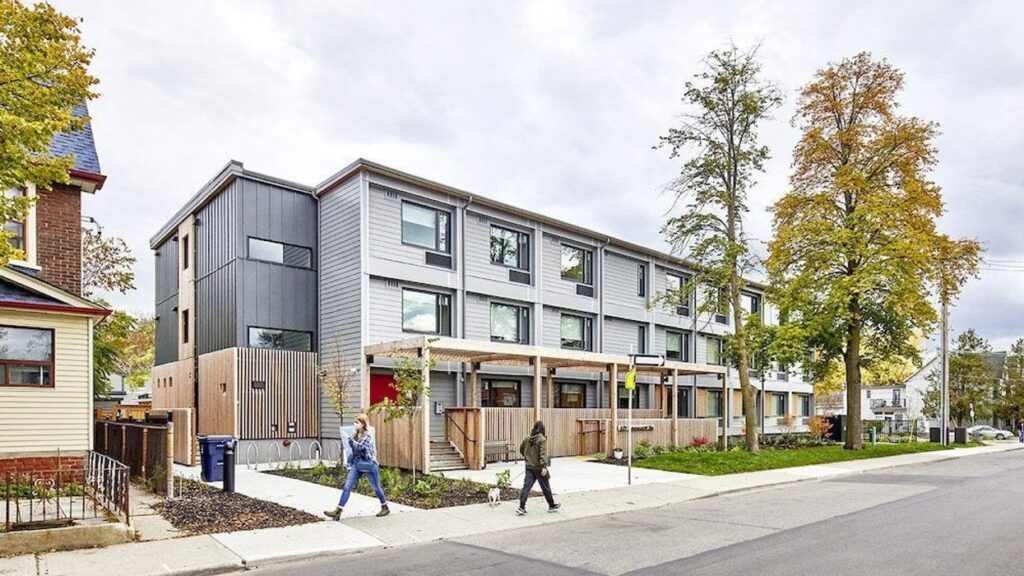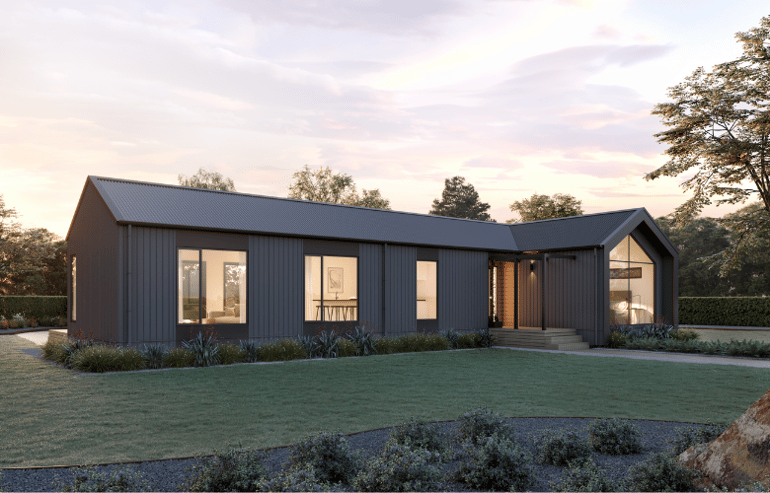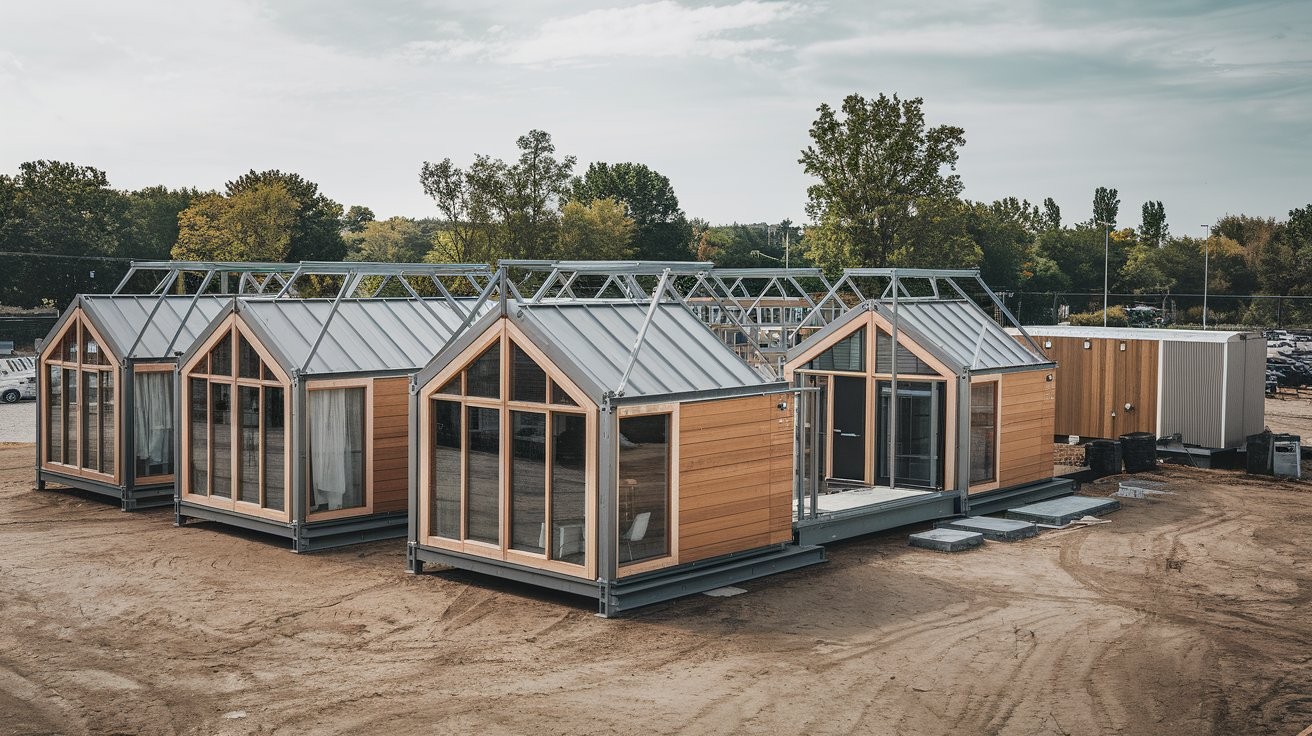
Climate-Resilient Modular Housing: Building for the Future
As our planet experiences the growing impacts of climate change, the need for sustainable and adaptable living solutions has never been more critical. Climate-resilient modular housing is emerging as an innovative answer to this pressing need. By leveraging the benefits of modern technology and architecture, these homes provide an eco-friendly and flexible alternative to traditional housing methods.
Climate-resilient modular housing not only caters to the immediate requirements of reducing carbon footprints but also anticipates future climatic challenges. This transformative approach to construction is capturing the attention of industry experts and homeowners alike, promising a more sustainable future.

Understanding Modular Housing
What is Modular Housing?
Modular housing refers to homes built in sections, or modules, in a factory-controlled environment. These sections are then transported to the desired location and assembled onsite. This method of construction is not only efficient but also minimizes waste and reduces environmental disruption.
Benefits of Modular Construction
Modular construction offers a plethora of advantages including reduced construction times, cost savings, and enhanced quality control. Additionally, it provides flexibility in design, allowing for customization to meet specific environmental needs and aesthetic preferences.
The Role of Climate Resilience
Why is Climate Resilience Important?
Climate resilience refers to the ability of a system or structure to adapt and thrive amid changing climatic conditions. With increasing weather extremes, from hurricanes to wildfires, ensuring our homes can withstand these events is more crucial than ever.
Features of Climate-Resilient Homes
Climate-resilient modular housing incorporates materials and technologies that enhance resilience, such as durable siding, renewable energy systems, and superior insulation. These features ensure homes remain safe and comfortable regardless of external conditions.
Environmental Impact and Sustainability
Reducing Carbon Footprint
One of the primary goals of climate-resilient housing is to minimize the carbon emissions associated with traditional building practices. Modular homes significantly reduce energy consumption and waste, contributing to a lower overall environmental impact.
Sustainable Building Materials
The use of recycled and sustainably sourced materials is a cornerstone of climate-resilient modular housing. This not only conserves resources but also improves the long-term durability and efficiency of the home.
Innovations in Modular Housing
Technological Advancements
Innovations such as smart home technology, energy-efficient appliances, and integrated solar solutions are transforming how modular homes are designed and operated. These technologies enhance the functionality and adaptability of the home.
Design Flexibility
Customizable designs are another hallmark of modular homes. These designs can be easily adjusted to meet changing needs or preferences, offering a versatile and future-proof living solution. For more on design flexibility, visit home design.
Economical Benefits of Modular Housing
Cost Efficiency
Modular homes are often more cost-effective than traditional homes due to their streamlined construction process and reduced labor costs. This makes them an attractive option for budget-conscious homeowners.
Financing and Investment
Given their eco-friendly credentials and potential for long-term savings, climate-resilient modular homes are becoming an appealing investment choice for many. They offer both immediate financial benefits and long-term value appreciation.
Challenges in Implementation
Regulatory Hurdles
Despite their benefits, modular homes face regulatory challenges that can impede widespread adoption. Navigating these regulations requires effort but presents opportunities for growth and standardization in the industry.
Addressing Public Perception
Raising awareness about the advantages and reliability of modular homes is essential to overcoming skepticism and promoting adoption. Public education initiatives can help bridge this gap.
The Future of Climate-Resilient Housing
Growing Demand
As climate concerns rise, so does the demand for housing solutions that offer sustainability and resilience. Modular homes are poised to meet this demand by offering adaptable and environmentally friendly construction options.
Global Perspectives
Worldwide, modular housing is gaining traction as countries look for sustainable ways to meet their housing needs. By learning from global trends and successes, we can enhance our own approaches to construction.

FAQ
What makes a home climate-resilient?
Climate-resilient homes are designed to withstand extreme weather conditions and adapt to changing environmental circumstances, often incorporating sustainable materials and renewable energy systems.
Are modular homes affordable?
Yes, modular homes typically cost less to build than traditional homes due to the efficiency of factory construction and reduced labor requirements.
How long does it take to assemble a modular home?
Assembly can vary depending on design complexity, but most modular homes can be completed in weeks rather than months.
This article contains affiliate links. We may earn a commission at no extra cost to you.